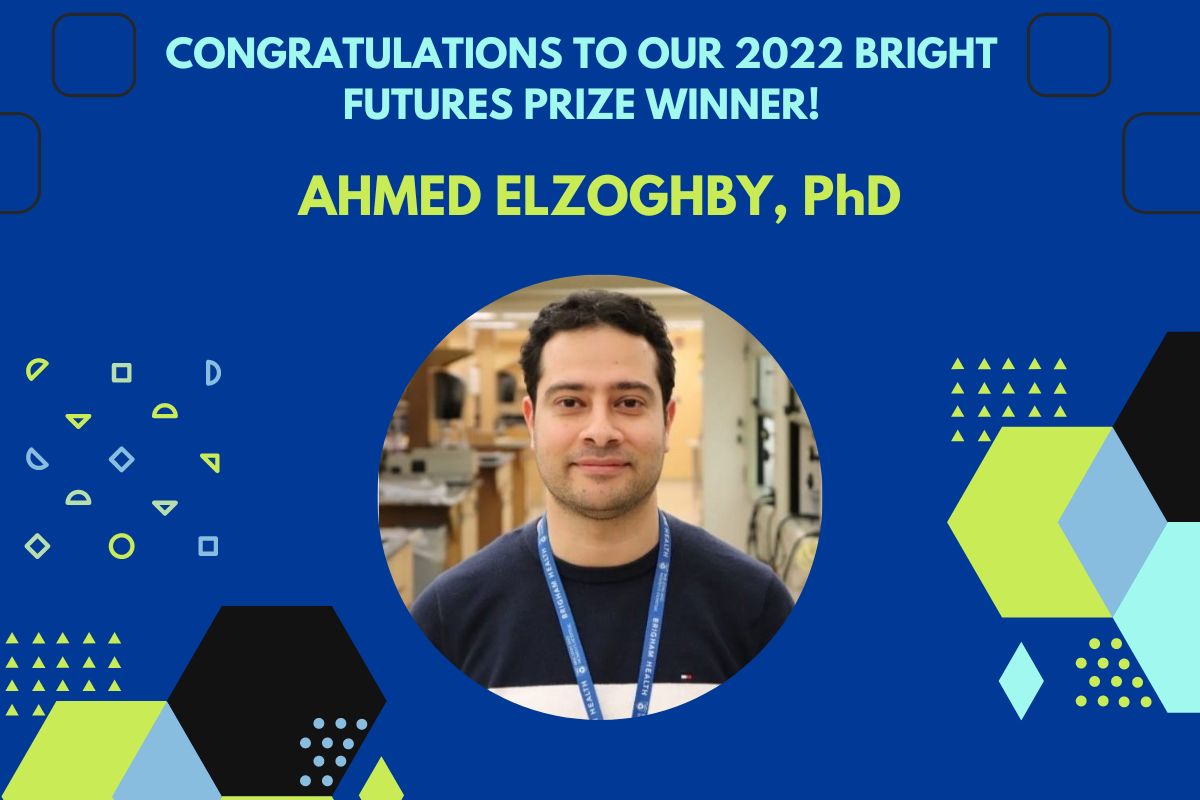Do you work at the Brigham? Still looking for a specific resource?
- People
- People
- Research
- Research OfficesResources for All ResearchersResources for Postdocs
- Innovation
- Funding for Innovators
Every Friday, get the latest funding opportunities in your inbox. Sign up for the Friday Funding Opportunities newsletter.
- Funding
Sign up for the Friday Funding Opportunities Newsletter and receive the latest updates on funding, deadlines and resources each week in your inbox.
Project-Based Research Awards
Event and Community Funding
- News & Events
- News
 Get the latest news, updates, funding opportunities and essential information for members of the Brigham research community Events
Get the latest news, updates, funding opportunities and essential information for members of the Brigham research community Events Are you a Brigham researcher? Check out our monthly forum for researchers to hear the latest updates, news and resources at Research Connection LIVE.
Are you a Brigham researcher? Check out our monthly forum for researchers to hear the latest updates, news and resources at Research Connection LIVE.You can also find out about other virtual events, events open to the public, and internal research events for the Brigham community by viewing the calendar.
Discover Brigham SeriesWe are expanding Discover Brigham into a series of events focused on research, discovery and innovation.
Looking for the Discover Brigham Poster Session?


